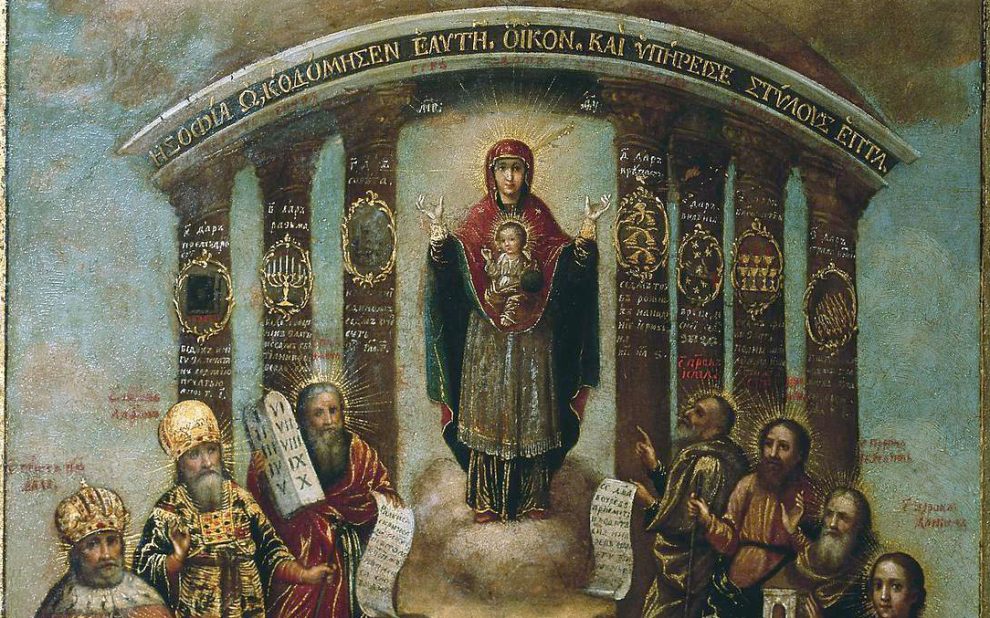A young man approaches Jesus and asks, “Teacher, what must I do to inherit eternal life?” Jesus tells him to follow the commandments and love God and his neighbor. The man says he has done these his entire life, so what else need he do? Then Jesus tells him, “Meet me alone at midnight and I will tell you the real truth.”
OK. Jesus never says that in the canonical gospels. But in the gnostic understanding of Jesus, that is what he would have said. For the gnostic Christians, salvation was only available through secret knowledge, offered only to a select few. Jesus indeed was the savior—just not for everybody. And not for any bodily resurrection into paradise as God’s free gift.
Some gnostics believed that the god who created everything material—our bodies, the world, everything we experience with our senses—was a malevolent, lesser being than the Supreme God. That explained why we experience suffering and encounter evil; only a wicked god would create such a painful, pitiful, fleshy existence.
Many gnostics believed that Jesus was not God himself, but rather a demi-god sent from the unknowable Supreme God. They didn’t believe Jesus was truly human either; his humanity was just a disguise or illusion. And this being, they believed, arrived to teach the true and secret knowledge, or gnosis: that we are divine spiritual beings entrapped in corrupted bodies.
According to this view, the only goodness, truth, and beauty are found in the immaterial realm of light and spirit. The body, therefore, should be deprived through harsh asceticism—or, alternatively, disregarded through hedonistic behavior.
The origins of gnosticism are difficult to pinpoint. It has roots in the dualism of some ancient Greek philosophies as they intermingled with the cosmologies of other religions, and perhaps some streams of Zoroastrianism. Much of early Christianity was consumed with refuting gnostic theology.
The gnostics were not a single uniform group. Gnosticism began in second-century Christianity and had many forms through the fifth century. Some gnostic sects had a large following—St. Augustine himself was once a follower of Manichean gnosticism—and the groups composed many noncanonical gospels.
Today, philosophies like gnosticism persist in two ways. The first is the idea that truth can only be found via esoteric schemas that privilege the few. Some cults, including Christian cults, hold such views. So do followers of conspiracy theories like QAnon. The second is a deep ambivalence toward our imperfect bodies. Like the gnostics, many of us behave as if our bodies are not sacred sites of grace but valueless vessels needing extreme discipline. This view appears in harmful societal standards of beauty and in ableist prejudices.
Gnosticism as a religion may be gone. But many of its ideas abide.
This article also appears in the October 2025 issue of U.S. Catholic (Vol. 90, No. 10, page 49). Click here to subscribe to the magazine.
Image: Wikimedia Commons















Add comment